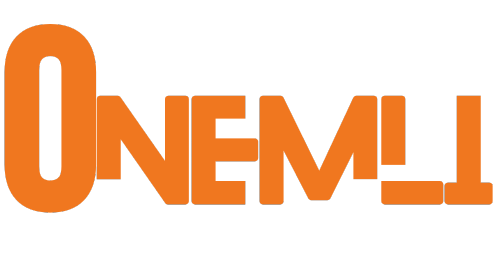The Evolution of FMCG Trends in the GCC Region: A Journey from the 1950s to Now
The Fast-Moving Consumer Goods (FMCG) industry in the Gulf Cooperation Council (GCC) region has undergone a remarkable transformation since the 1950s. From a nascent market dominated by imported goods to a thriving sector with a diverse range of local and international brands, the FMCG landscape in the GCC has evolved significantly.
The Early Years (1950s-1970s): A Nascent Market
In the early days of the GCC, the FMCG market was relatively small and dominated by imported goods. Basic necessities like food, clothing, and household items were primarily imported from neighboring countries and Europe. However, as the region's economies began to grow, there was a gradual increase in demand for consumer products.
The Boom Years (1980s-2000s): A Rapid Expansion
The 1980s and 1990s witnessed a period of rapid expansion in the GCC FMCG market. The discovery of oil and gas in the region led to significant economic growth, increased disposable income, and a rising middle class. This created a favorable environment for the growth of the FMCG industry.
During this period, several factors contributed to the growth of the FMCG market:
- Infrastructure development: The development of modern infrastructure, such as transportation networks and retail outlets, facilitated the distribution of FMCG products.
- Economic liberalization: The liberalization of the GCC economies, including the reduction of trade barriers and the promotion of foreign investment, encouraged the entry of international FMCG brands.
- Changing lifestyles: The growing urbanization and changing lifestyles of the GCC population led to a demand for a wider range of FMCG products.
The Modern Era (2000s-Present): A Diversified Market
The 21st century has witnessed a further diversification and sophistication of the GCC FMCG market. The region has become a major hub for international FMCG brands, with many companies setting up regional headquarters and manufacturing facilities.
Key trends shaping the modern FMCG market in the GCC include:
- E-commerce growth: The rise of e-commerce has revolutionized the way consumers shop for FMCG products in the GCC. Online retailers and marketplaces have gained significant traction, offering consumers a wider range of products and convenient shopping experiences.
- Health and wellness focus: Consumers in the GCC are increasingly becoming health-conscious, leading to a growing demand for healthy and natural products.
- Sustainability and ethical consumption: There is a growing awareness of sustainability and ethical consumption among GCC consumers, driving demand for environmentally friendly and socially responsible products.
- Localization and customization: FMCG brands are focusing on localization and customization to cater to the specific needs and preferences of GCC consumers.
The FMCG industry in the GCC region has come a long way since its early days. From a nascent market dominated by imported goods, it has evolved into a thriving sector with a diverse range of local and international brands. As the region continues to grow and develop, the FMCG market is expected to remain a key driver of economic activity.

